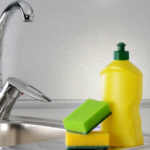Maximizing Versatility of Cooking Utensils to Minimize Dish Washing

To streamline the dishwashing process and minimize the number of utensils used, it is advisable to opt for a versatile cooking tool. For instance, you can utilize a single pair of chopsticks to stir-fry veggies, cook soup, and fry meat. Similarly, using one cooking pot to simultaneously prepare soup, boil vegetables, and steam fish is another effective approach. This approach enables a lighter dishwashing workload by reducing the quantity of dishes, pots, pans, spoons, and forks utilized.
To augment your kitchen functionality, it is highly recommended to equip it with a range of versatile cooking utensils. For instance, consider purchasing a 2-blade knife specifically designed for peeling and cutting vegetables. In lieu of traditional knife and cutting board methods, utilizing quick-food cutting shears can significantly expedite your food preparation process.
Clean Dishes Right After You Finish Cooking
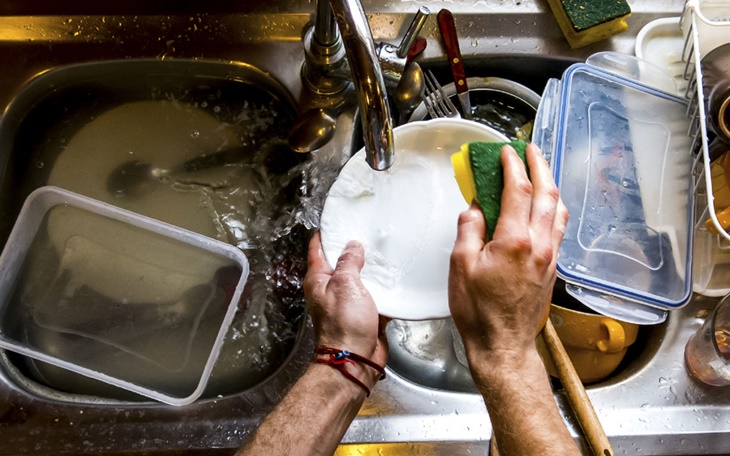
After cooking, instead of letting plates, bowls, spoons, and pots used during cooking pile up and waiting for 1-2 days to wash them all at once.
It is important to wash kitchen utensils promptly after cooking to reduce the workload of dishwashing after a meal. Additionally, this practice helps maintain a clean kitchen area and minimizes the accumulation of bacteria and germs. By following this protocol, you can ensure a hygienic and efficient cooking environment.
“Tips for Cleaning Burnt Pots and Pans”
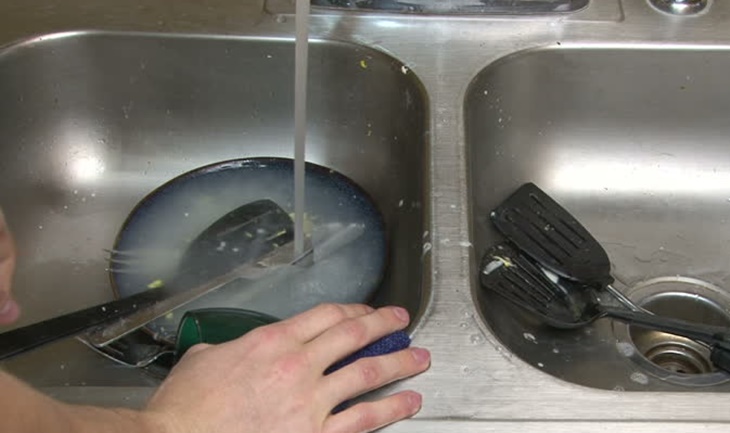
If you encounter pots and pans or utensils with burnt or stubborn stains that are challenging to remove, it is advisable to address them promptly. Even with the aid of a sturdy dishwashing brush, eradicating such stains can be time-consuming and risk scratching the cookware.
To expedite the cleaning process and save both effort and time, it is recommended to soak the pots and pans in warm water, with or without the addition of soap, for a few hours. This will cause the stains to soften and easily come off, facilitating a quick and efficient cleanup.
Empty Dishes Before Putting in the Sink: Don’t Let Leftover Food Go to Waste
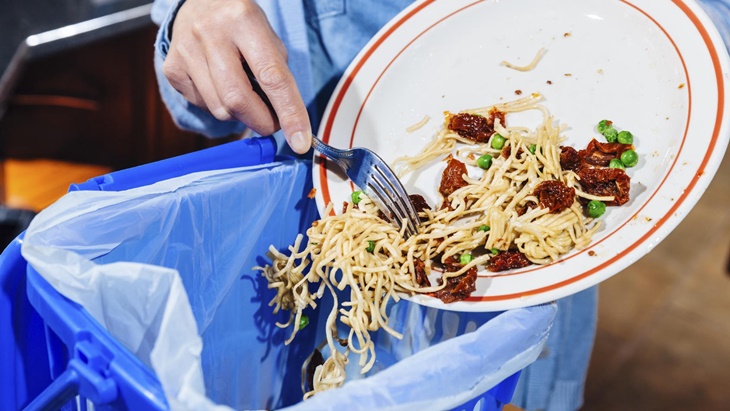
It is recommended to avoid disposing of leftover food and dishes directly in the sink after clearing the table. This practice can lead to increased cleaning time and potential clogging of the sink drain.
Tips for Efficient Cleaning
Housewives can greatly simplify the washing and cleaning process by adopting a simple habit: emptying leftover food from dishes into the trash before placing them in the sink. This small change not only makes cleaning faster and more convenient, but also prevents clogs in the sink. By incorporating this practice into your routine, you can streamline your household chores and maintain a well-functioning kitchen sink.
To optimize space in the sink, it is recommended to arrange dishes in the following manner: larger dishes should be placed first, followed by smaller dishes. To prevent bowls from sticking together, it is advised not to stack them. However, dishes of the same type and size can be stacked on top of each other.
Improve Your Energy Efficiency by Utilizing a Dishwasher
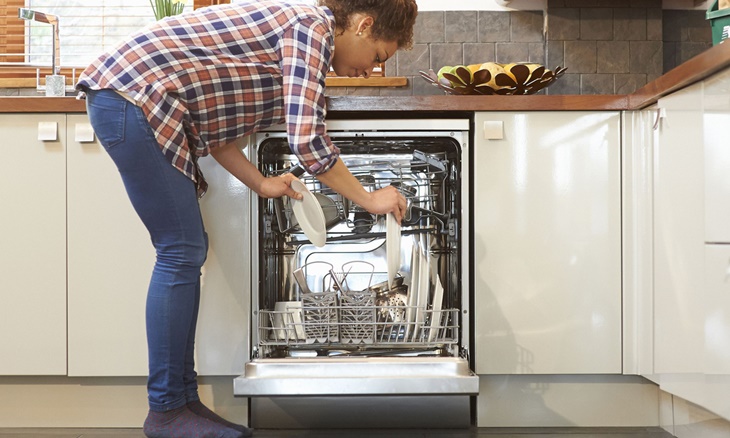
Upgrade your family kitchen with the convenience of a dishwasher. Effortlessly clean your dirty dishes by placing them in the meticulously designed baskets and selecting the desired washing program. Sit back and relax while the machine diligently handles the dishwashing process from start to finish. Experience the ease and efficiency of a dishwasher that leaves you with impeccably clean dishes every time.
Make dishwashing a breeze with these handy tips!

























